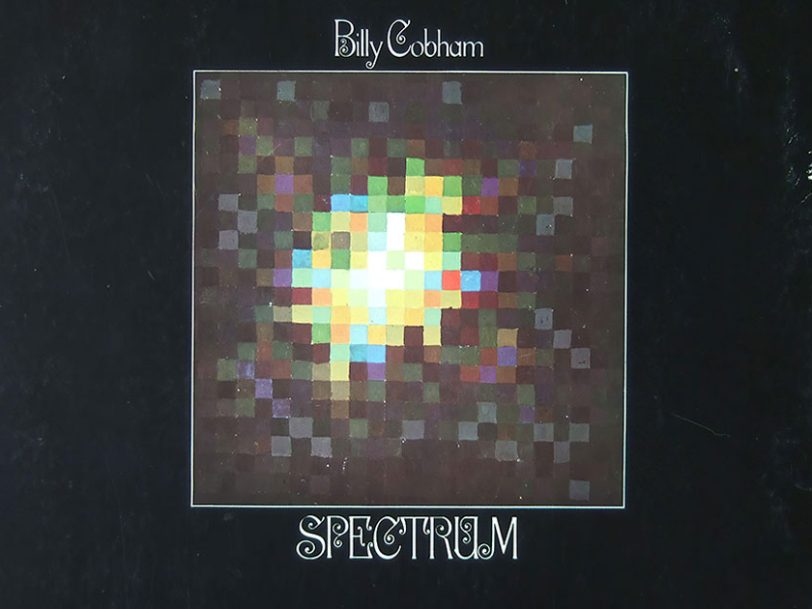“I feel very comfortable with the fact that it’s done more than a million sales”
A kaleidoscopic array of sounds, Spectrum opened with Quadrant 4, whose intro of Cobham’s thundering drums jousting with Hammer’s wild synth lines eventually evolved into a tune defined by a catchy bebop-tinged riff over a swinging backbeat.
Searching For The Right Door opened with a Cobham drum solo, though its inherent subtlety belied the drummer’s reputation as a hard-hitting kit pulveriser. The short piece led into Spectrum’s title track, a funky fusion cut featuring the horn work of Farrell and Owens over a groove driven by Ron Carter’s rubbery acoustic bass.
Cobham then served up a more febrile drum solo with Anxiety, a short interlude that paved the way for a bullish uptempo track, Taurian Matador, characterised by gnarly synth and guitar lines. It was followed by spacey sound effects that marked the beginning of Stratus, on which Cobham’s frenetic drums initially battle with Hammer’s bubbling, futuristic synth noises. But at just over three minutes into the track, a groove begins to solidify thanks to Leland Sklar’s churning bass line and Cobham’s funky beat.
The drummer sat out the brief solo piano fragment To The Women In My Life, allowing Jan Hammer to take centre stage, but was back behind his oversized kit on Le Lis, a funky soul-jazz number that featured guitarist John Tropea and a cameo by flautist Joe Farrell.
Spectrum closed with Snoopy’s Search – a brief collage of layered synth sounds played by Jan Hammer – which dovetailed into a laidback jazz-funk groove called Red Baron. As both those tunes’ titles suggested, they were inspired by Charles M Schultz’s popular, long-running comic strip turned TV cartoon Peanuts, particularly one of its central characters, a beagle dog called Snoopy, who often fantasised about being in a dog fight with a German World War I fighter ace, The Red Baron.




